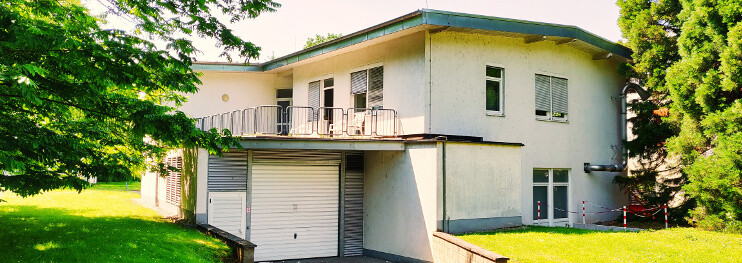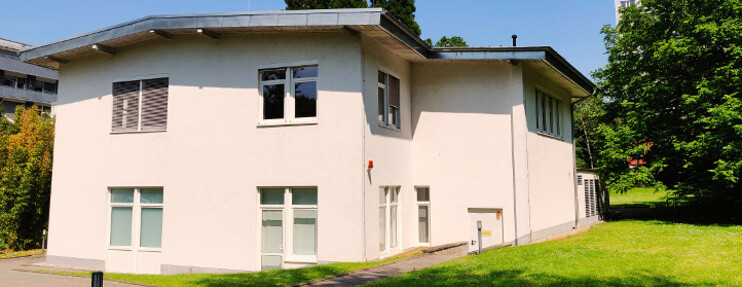Brain Imaging Center


Brain Imaging Center
The Brain Imaging Center (BIC) is a research center operated by the Goethe University, Frankfurt, and based on a scientific cooperation of the Goethe University, the Max Planck Society and the Ernst Strüngmann Institute. It is dedicated to the investigation of the structure and function of the human brain.
The BIC hosts two 3 Tesla MR scanners and a 275-Channel MEG System, including additional equipment for stimulus presentation and recording of physiological responses.
Two methodological research groups, the "MR Core Structure" and the "MEG Core Structure", promote the creation of novel data acquisition and analysis techniques and support BIC researchers with their respective projects.
The interdisciplinary group of BIC Users comprises several institutions, in particular:
Goethe University
Departments of:
- Neurology
- Psychiatry
- Neuroradiology
- Medical Psychology
- Clinical Pharmacology
- Psychology
Max Planck Institute for Empirical Aesthetics
Departments of:
- Neuroscience
- Music
- Language and Literature
Ernst Strüngmann Institute
- Neuroscience Laboratory
The BIC is also open to external research groups.
Furthermore, the BIC is a member of the Rhine-Main Neuroscience Network ("rmn2").
Board of Directors:
(Administration and Scientific Supervision)
- Prof. Ralf Deichmann (Head of the MR Core Structure)
- Prof. Pascal Fries (Director at the Ernst Strüngmann Institute)
- PD Dr. Christian Kell (Users Representative at the Goethe University)
- Prof. David Poeppel (Director at the Max Planck Institute for Empirical Aesthetics)
- Prof. Jochen Kaiser (Acting Head of the MEG Core Structure)
All users support the BIC by contributing their respective research experience, scientific viewpoints and methodological expertise.
Due to this unique structure, the BIC has become a place of interdisciplinary research and intellectual exchange.
In particular, the close cooperation of clinical and non-clinical scientists allows to bridge the gap between basic and clinical research.




